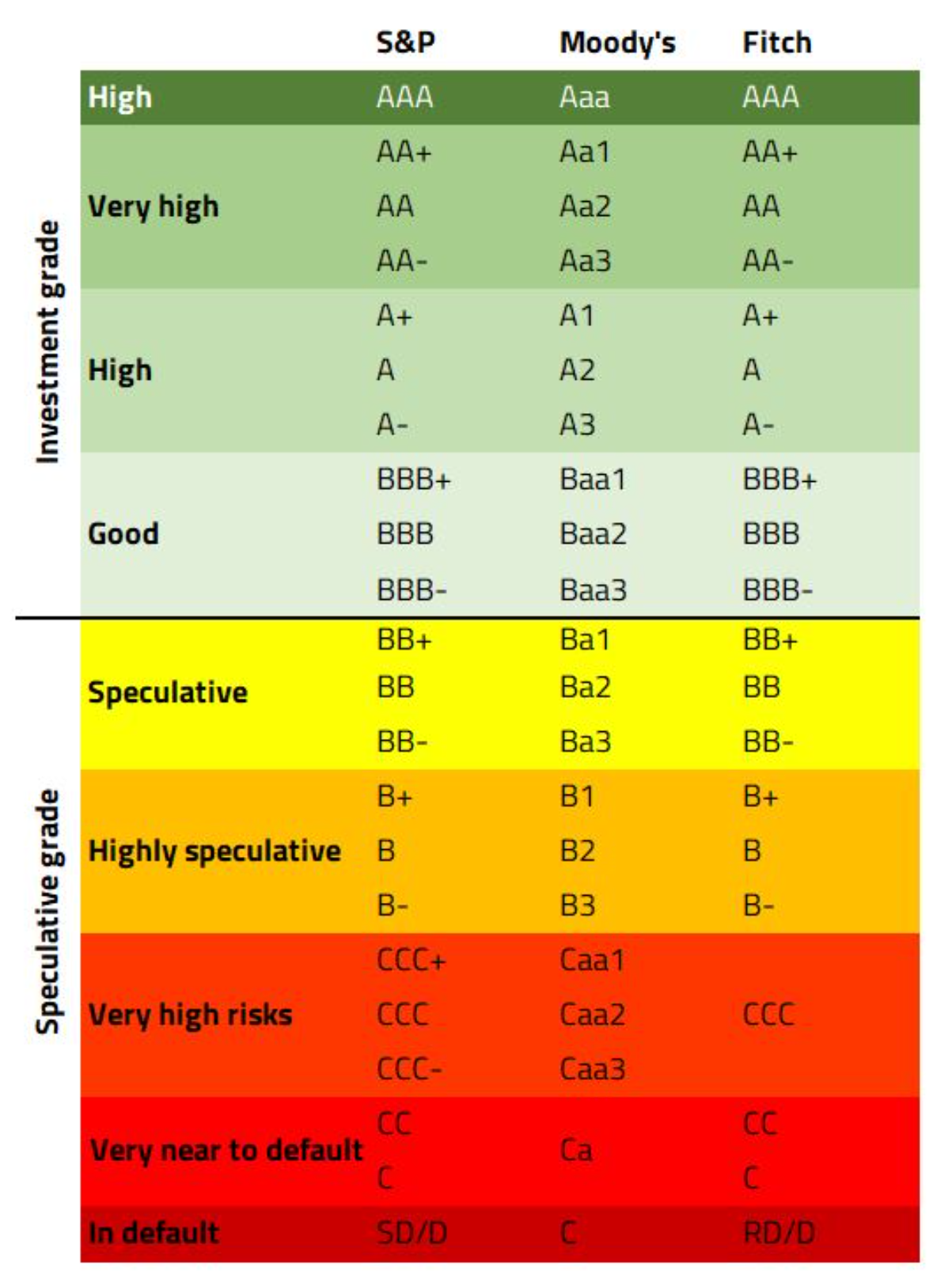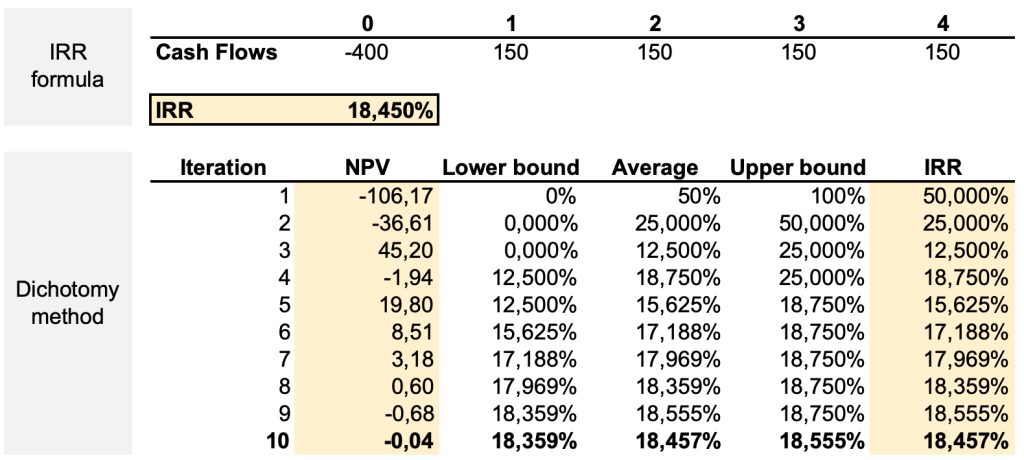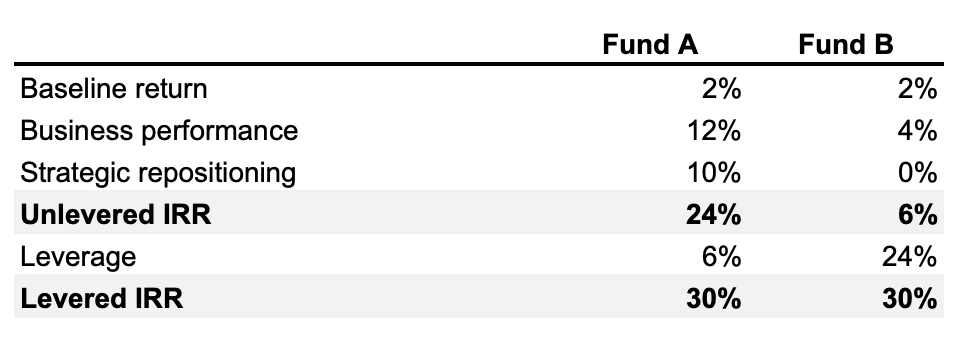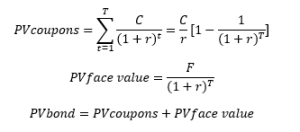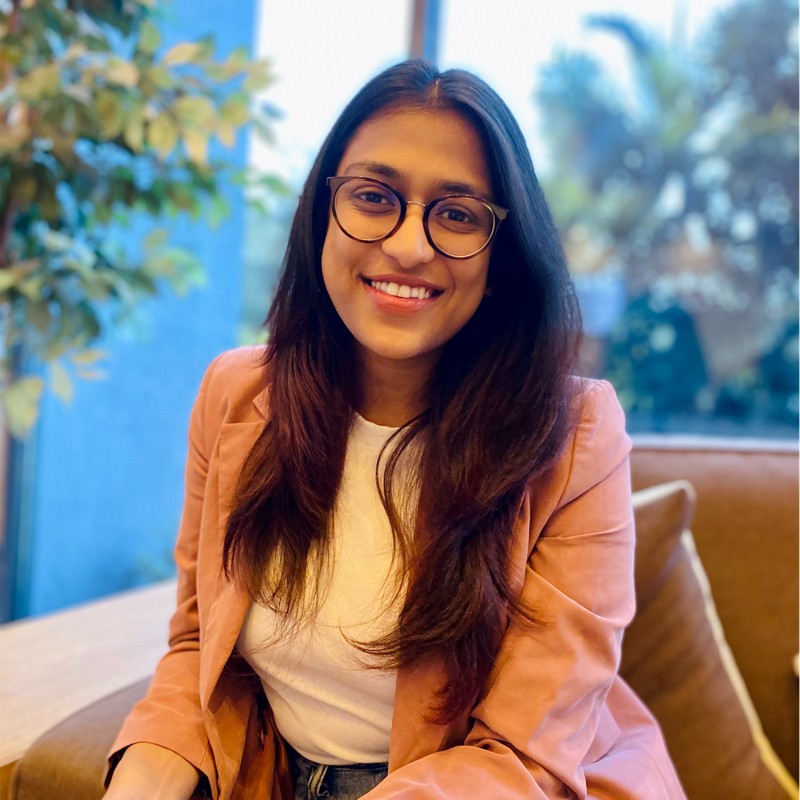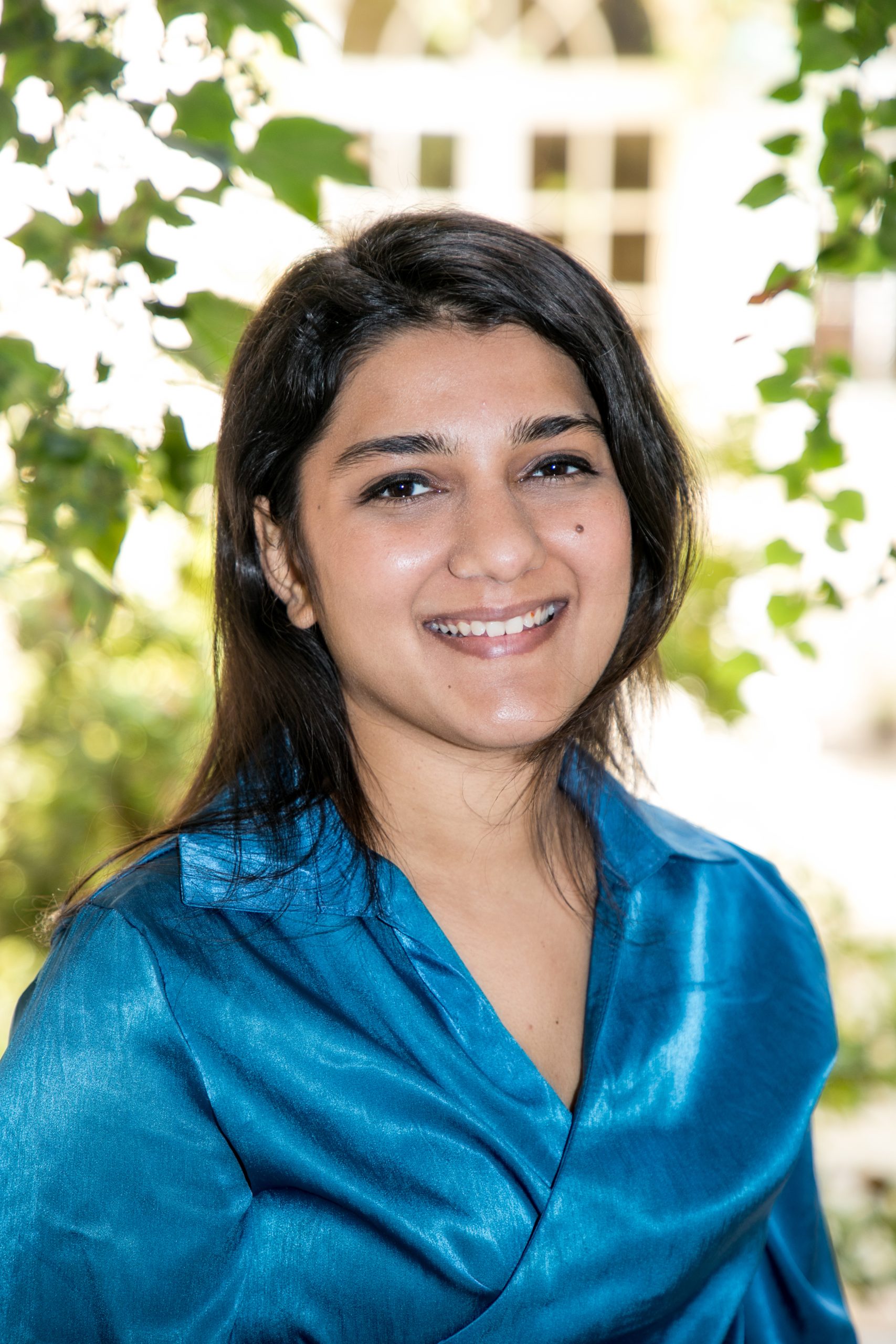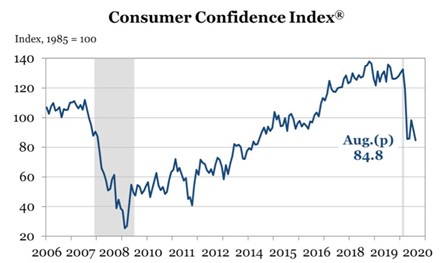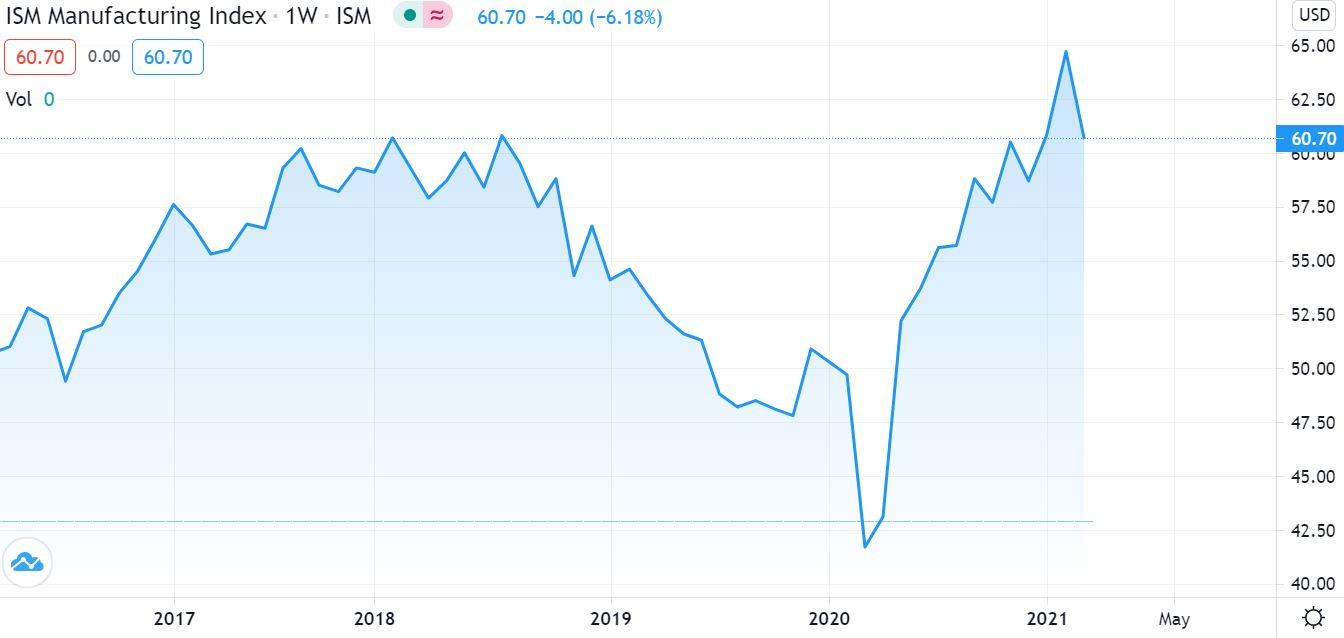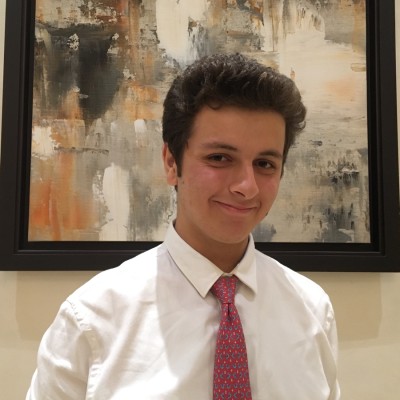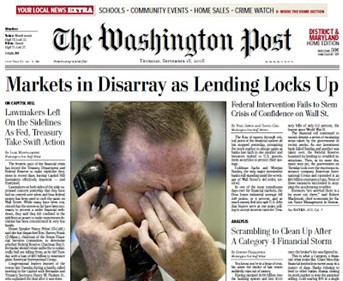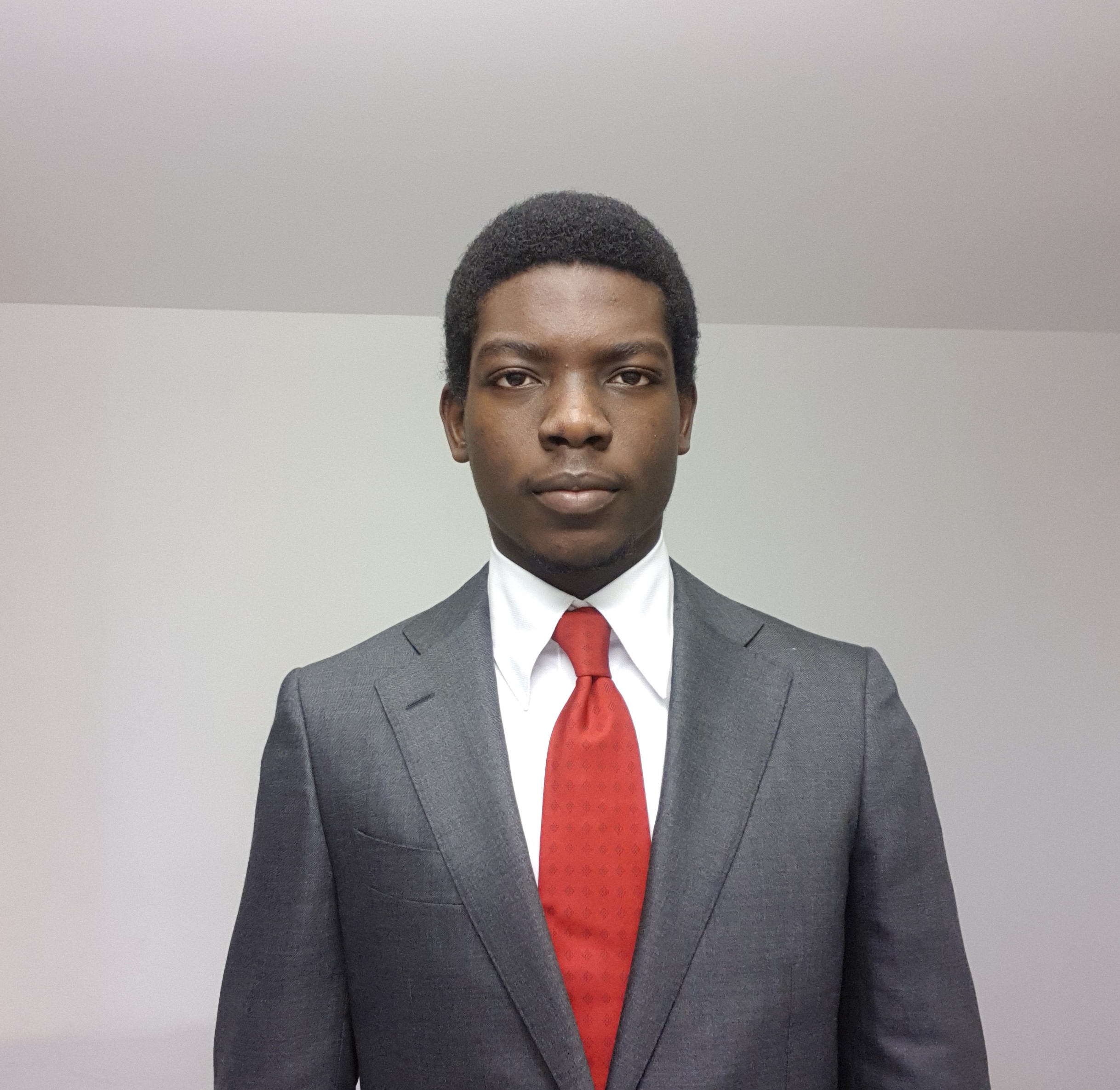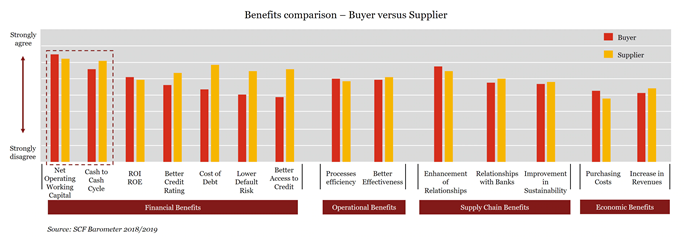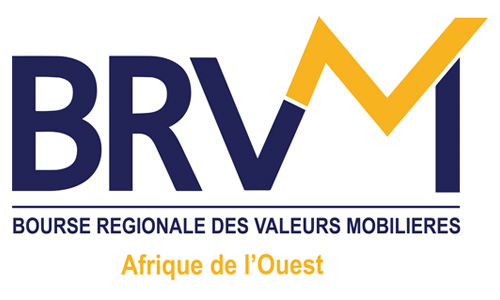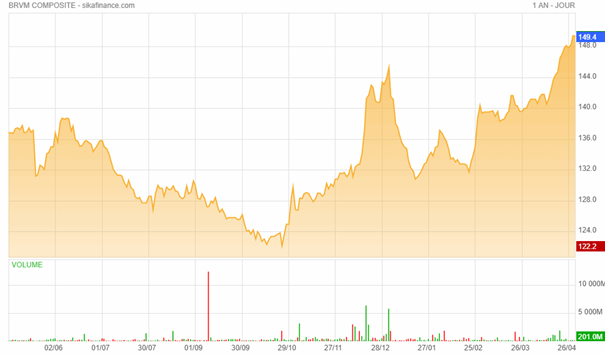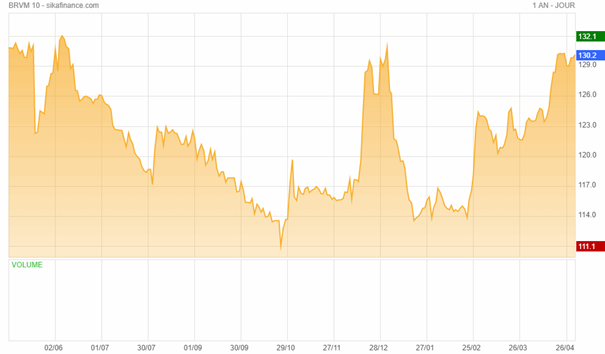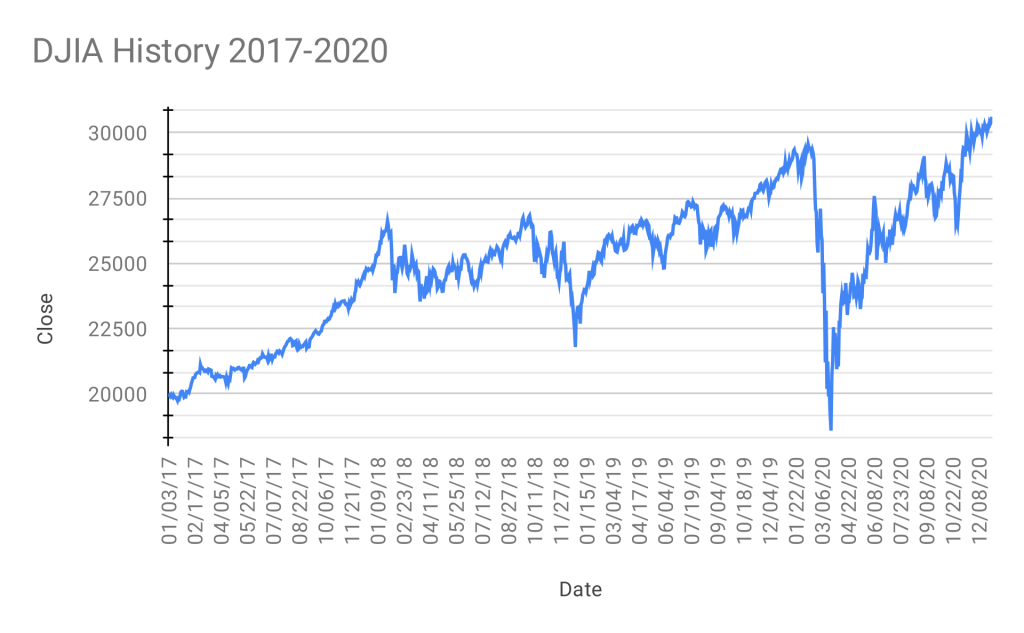
In this article, Georges WAUBERT introduces you to the job of credit analyst.
Within an investment bank, several jobs are directly linked to bonds. Among them is that of credit analyst. What does a credit analyst do? What are the qualities required to be a credit analyst?
The missions of a credit analyst
Within a bank, the role of the credit analyst is to study in depth the financial situation of companies (risk assessment, analysis of strengths and weaknesses, analysis of financial accounts, etc.) in order to determine their solvency.
More concretely, analysts have three main tasks:
Firstly, as mentioned above, analysts conduct in-depth analyses of the financial statements and credit applications of the companies under their responsibility. They keep abreast of their current situation and closely monitor any developments that may affect their debt capacity.
Secondly, analysts provide recommendations related to the analysis and evaluation of the credit risk. If they think that the company is solid, they can for example propose to buy bonds of this company, which would thus constitute a safe investment. On the other hand, if they believe that the risk of default is increasing, they will propose to sell.
Finally, a significant part of analysts’ job is to present their results. This may take the form of a daily summary publication, or a more in-depth quarterly or annual publication. In addition, analysts may have to meet with the bank’s clients, mainly investors, to present their recommendations.
In addition, there may be ancillary tasks. For example, analysts may seek to develop new mathematical and statistical models to improve their understanding of bond risks.
What is the day-to-day life of a credit analyst like?
Analysts’ day starts early, before the financial markets open, so that he has time to brief investors on the latest bond news in the sectors they follow.
After that, their day depends very much on the calendar of the companies he or she follow. During the quarterly publications of these companies, they will spend time reading them and collecting the information contained in them. Similarly, they will attend the various conferences organized by these companies to explain the published results. The rest of the time, they will analyze this information, update their projection models and update their recommendations.
As the end of the semester or the year approaches, credit analysts’ days can become longer because they have to produce a semiannual or annual publication in which their recall the economic context and their recommendations. Following the publication of this, they will often make a tour of their clients to present it. This is known as a roadshow.
The qualities required to be a good credit analyst
Several qualities are necessary to be a good credit analyst.
First of all, credit analysts have strong corporate finance skills. In particular, they have a good understanding of corporate debt and liquidity ratios. The main ratios are: the debt-to-equity ratio which informs on the financial structure of the company, the interest coverage ratio which measures the capacity of a company to pay its interests and the debt-to-EBITDA ratio which measures the capacity of the company to repay its debt with the money generated by its activity.
Secondly, it is imperative to be very rigorous. Indeed, the quality of the analyses depends on the data collected. Analysts cannot afford to make mistakes in the figures they report. To this end, they have recourse to several sources of information: companies’ annual reports, press releases, financial statements, as well as market analyses produced by other players. It is important to note that all this information is public. Indeed, for legal reasons, to avoid insider trading, analysts have limited access to the information.
In addition, analysts must have strong synthesis skills. It is their analysis that investors will buy. It must therefore be as relevant as possible in order to present the best possible guidance. Moreover, the format of these analyses must also be carefully designed. They must be easily understandable by its readers. Analysts must therefore have presentation skills in order to sell them. It is important to take care of the content and the form.
Finally, analysts improve over time. They usually cover a particular sector. For example, he or she will be a specialist in the automotive sector. The better their knowledge of the sector, the more relevant their analysis. To do this, they must be familiar with the general environment of the sector they are following in order to identify future trends. Secondly, they must build up a database of the companies they follow. The more accurate and long-standing the database, the better they will be able to put the new information they collect into perspective.
Related posts on the SimTrade blog
All posts about jobs in finance
▶ Jayati WALIA My experience as a credit analyst at Amundi Asset Management
▶ Aamey MEHTA My experience as a credit analyst at Wells Fargo
▶ Louis DETALLE My professional experience as a Credit Analyst at Societe Generale
▶ Jayati WALIA Credit risk
Useful resources
Rating agencies
About the author
Article written in June 2021 by Georges WAUBERT.





